What to Feed a Iguanadon Ark
Ark: Survival Evolved is one of the leading survival games out there. As with most survival games, you're going to die. A lot. One of the best ways to improve your survival odds is to start taming creatures.
Depending on what you tame, they can give you many benefits: extra resources, help carrying resources, mobility, and even protection. However, it can also be dangerous to try to tame creatures. To improve your odds, it's a good idea to start with easy tames and move to more complex and dangerous creatures.
Updated December 25th, 2020 by Lee Juckiewicz:With the exciting news of not only Ark 2 but the voice acting talents of Vin Diesel to go along with it, there's a reasonably good chance that the original game is going to see a surge of new players in the coming months. When you're starting out, it can be tricky to know what creatures to tame first, so we've added a few more to keep an eye out for.
16/16 Dodo
Fancy Dodo Pen
Dodos are about the easiest creatures to deal with on The Island. They are slow and not very dangerous. While you might be tempted to mostly kill them early on for a supply of meat and skin, consider taming one, too.
They act as mobile chests to increase your carrying ability and females can supply you with eggs, which can be used for kibble to tame other creatures. Knock it out with your fist or a club, and then put mejoberries in its inventory.
15/16 Lystrosaurus
Tamed lystrosaurus
Lystrosaurus is a common sight on the beaches of The Island. They're not very dangerous, and they're easy to tame. You don't have to knock them out, just feed them mejoberries. Or use rare flowers if you can find them.
Once you have them tamed, they can add an XP bonus to you and your creatures. Plus, they act as mobile chests and provide you with eggs to make kibble. They're also loyal companions like dogs. If you're good, you can even teach them tricks.
14/16 Dilophosaurus
Chasing down dilos
In the early game, dilophosaurus is a terror. These small, fast, aggressive predators can kill you many times early on, so you might be reluctant to approach it to try to tame it early on. However, it's worth it.
Once they are on your side, dilophosaurs will use their speed, aggression, and poison to protect you and your camp. Early on, the easiest way to tame it is to hit it with a club to knock it out, then fill it with meat. You could also try to knock it out with your fists. If you have a slingshot or boomerang, you can also try to knock it out from a distance.
13/16 Carbonemys
Carbonemys close up
These turtles are a relatively common sight on the beaches of The Island. They can seem like a dumb, easy kill, but the beach is practically littered with the bones of people who underestimated these creatures. They can be vicious when provoked and they are tough; so put that toughness to use.
Use a slingshot to knock it out. Start from a good distance and make sure you have a clear area behind you, because once you shoot it, it will come for you. But it's still a turtle so you can walk backwards and keep your distance as you knock it out. Then feed it mejoberries. You can technically ride these, but they're not the best mounts.
12/16 Parasaur
Dodo riding a parasaur
Once you've tamed the above creatures, it's time to really start improving your capacity. Parasaurs are large herbivores, and though they can be hard to kill in the early game, they are easy to tame. Once tamed, you can ride them and they can carry large amounts of supplies making them a favored early game pack mule.
Hopefully by this time, you've developed the bola, which will stun them and keep them from running away. Then knock them out with a slingshot or boomerang. The boomerang is better tool. It's faster and less likely to kill it.
11/16 Raptor
Raptor attack
Your first encounter with a raptor will likely be terrifying. Partly this is learned from Jurassic Park, but it's partly earned. Raptors are fast, aggressive, and tough. Most of the time, you'll be happy to just escape from a raptor. But taming one is a big step toward moving up in the world of Ark, so you'll have to face it.
Use a bola to stun it, then knock it out with the best tool you have. Toxic arrows and tranquilizer darts work best, but in a pinch you can use use a club, slingshot, or boomerang. Then give it meat. Mutton works best, but otherwise prime meat or regular meat will serve. Approach with your tame carbonemys for protection in case things go south.
10/16 Iguanodon
galloping iguanadon
Iguanodons are good mounts, nice harvesters, and decent fighters. You can bola it and then knock it out with arrows. If you've already tamed a raptor, maybe you got a female and used its eggs to make simple kibble, which is a preferred feed and easy way to tame the iguanodon.
Otherwise, feed it crops if you have them or mejoberries. In addition to its harvesting ability, iguanodons lay medium eggs, which can be used to make kibble for taming some larger creatures.
9/16 Dimorphodon
dimorphodon and bolas
With all the above creatures, you've developed a decent little army. Now it's time to add an air force. Dimorphodon is one of the easiest flying creatures to tame. Use a bola, and/or tranq arrows to knock them out of the sky, then feed them meat.
Once tamed, dimorphodon is a great attacker, especially in packs. They can be especially helpful in PVP combat because they attack the rider, not the mount. Spyglass lets you see opponents and order attacks from a safe distance.
8/16 Ichthyosaurus
swimming dolphin
You've added an air force, so why not a navy? Taming this aquatic reptile is a great start to your water adventures. Ichthyosaurs are fast. Very fast. Few things can match them on land or under the water. Plus, they're stealthy and let you slip past many potential enemies.
You can't knock them out, but you can tame them by feeding them meat or fish. However, it's best if you can make some simple kibble, thanks to your raptor eggs. If you can't consider making an area to trap them so they don't wander off in the middle of taming.
7/16 Triceratops
Posing triceratops
A triceratops is a walking tank, which makes it a great addition to your army when you're ready to stop running from fights and begin starting them. The armored head makes for a challenge, so it's a good idea to find a high place to shoot from and hit them in the body until they're knocked out.
If you can craft a saddle, that's great. Otherwise, walk around with you as a defender and harvester . But once you do get a saddle, you will be able to ride around from a much safer position, exploring The island and taking on dangerous dinosaurs with relative ease. A high level triceratops is even a match for T-rexes! You're in the big leagues, now.
6/16 Otter
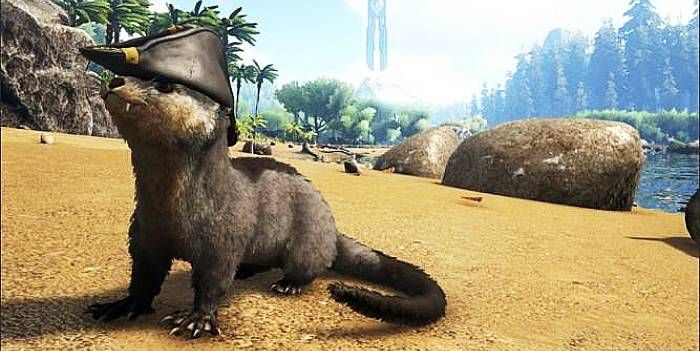
Equipping yourself for every environment on The Island can be a tricky task. While it's easy enough to take off your cloth armor when you get too hot, it's harder to have a good medium temperature that you can also add to without carrying around excess clothing.
RELATED: 10 Pro Survival Tips for Ark: Survival Evolved
You can get around this by wearing an otter. And no, we don't mean skinning the little cuties! Drag some whole fish out of the nearest body of water and keep that little fuzz ball fed until they're cuddling up to you, and then carry them for a little bonus to your resistance to cold. Plus, they're too adorable for words.
5/16 Argentavis
Punk argentavis
By now you've probably worked out that pteranodons are difficult to catch, and a little disappointing once you've got them. If you're in the market for a new flying mount with a little more kick — or claw — and stamina, why not try for an argentavis? This baby can store so many resources on it!
There isn't really a safe place to find one, but if you have some sturdy raptors to protect you head to the cliffs of the volcano (if you've hit lava you've gone too far). Take a lot of narcotics, and some prime meat if you have it. Your first argent will be your pride and joy, both as a hunter and a traveling companion.
4/16 Hesperornis
Hesperornis golden egg
Although colloquially referred to as 'murder penguins,' a hesperornis is useful when you're looking to tame some fancy creatures later on. They are, however, a little fiddly to tame. Though it's 'just' a matter of bringing them live fish, if you get too close they'll swim away at the speed of light — luring them into a pen so they don't run off is your best bet.
Once tamed, your hesperornis will occasionally lay golden eggs, which can be ground down to make kibble. Kibble is the best taming food for any creature. They can also be fed to your tames for a little EXP boost.
3/16 Dimetrodon
dimetrodon lean
Once it's time to start breeding your existing creatures, you'll quickly learn how hard it is to keep eggs at the right temperature. There are late level engrams that can help, or you can head to the swamp and tame a dimetrodon. Bring some meat and a bodyguard.
Resembling stubby-legged spinosauruses, these slow-moving creatures require a lot of narcotics to keep them unconscious but they're invaluable in the long run. Leave them 'sitting' on eggs and like a good flask, they'll keep them the perfect temperature to hatch.
2/16 Castoroides
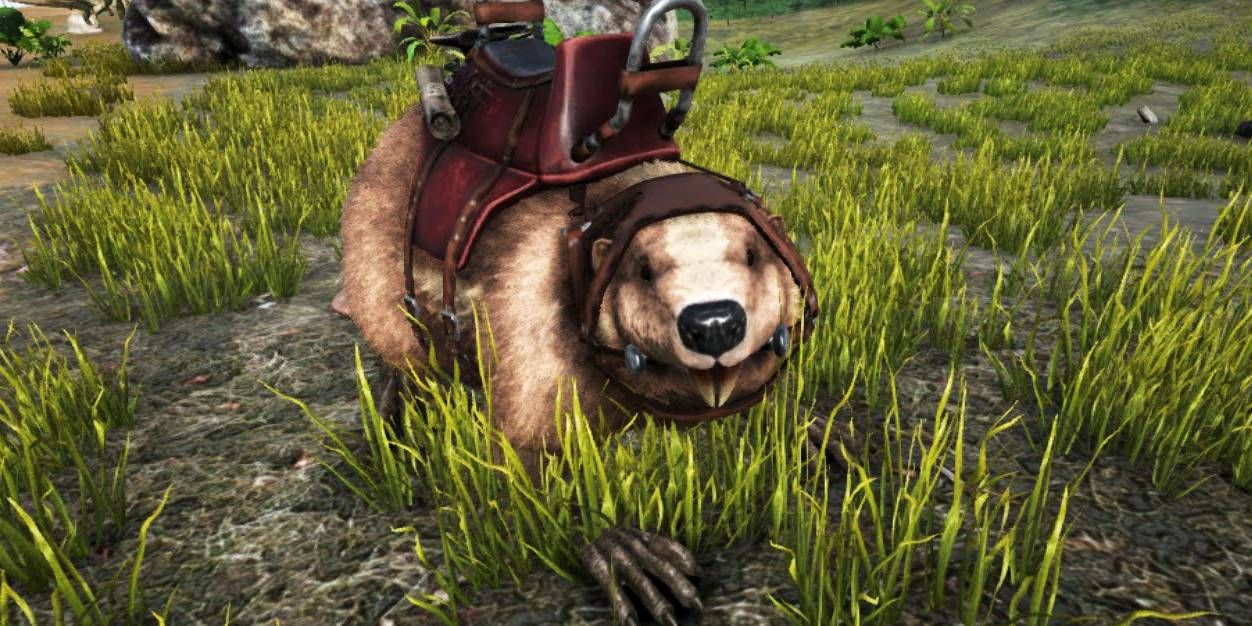
If you're paddling around in the rivers, you might see a beaver dam below the surface. You'll find some wood, rare flowers, silica pearls, and cementing paste inside if you loot them, but you'll also find the front teeth of an angry casteroides.
While casteroides can be a good source of early game pelt, they're also a surprisingly effective combat mount. Decent on land and very quick in water, they are also excellent lumberjacks. Tame one with some berries or vegetables for a good mining buddy.
1/16 Anklyosaurus
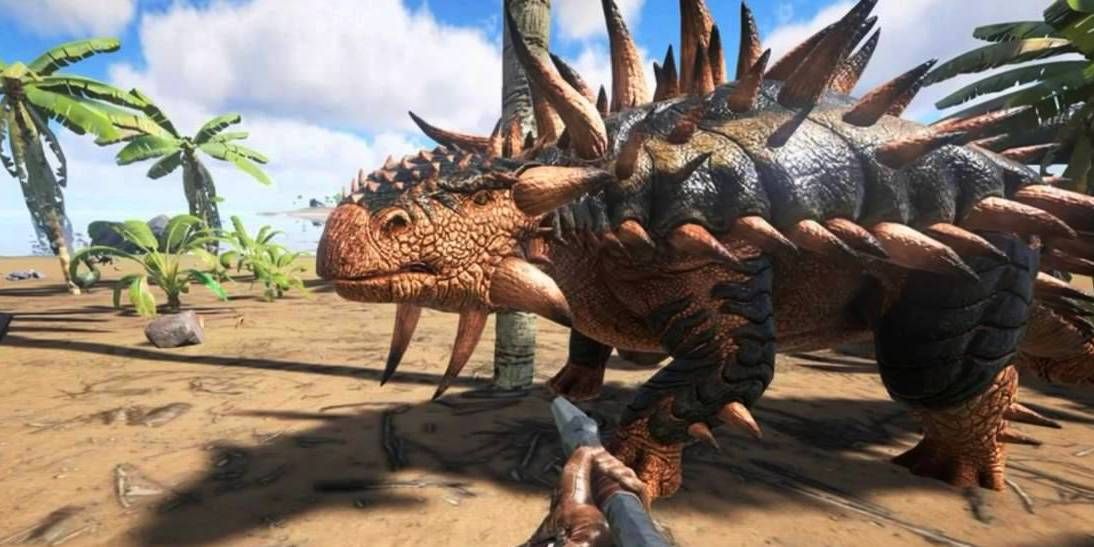
So you've been beating away at those rocks with an axe and pick for hours, and you're getting tired. Wouldn't it be more fun if you had a friendly creature to do the work for you? Load yourself up on taming tools and go look for an anklyosaurus.
These clobbering dinosaurs are excellent miners of flint, crystal, metal, and obsidian, and their tail is a pretty good defense against low-lever predators. If you're looking to improve the thatch walls of your first hut, you can't go wrong with an anklyosaurus.
Source: https://www.thegamer.com/creatures-tame-first-ark-survival-evolved/
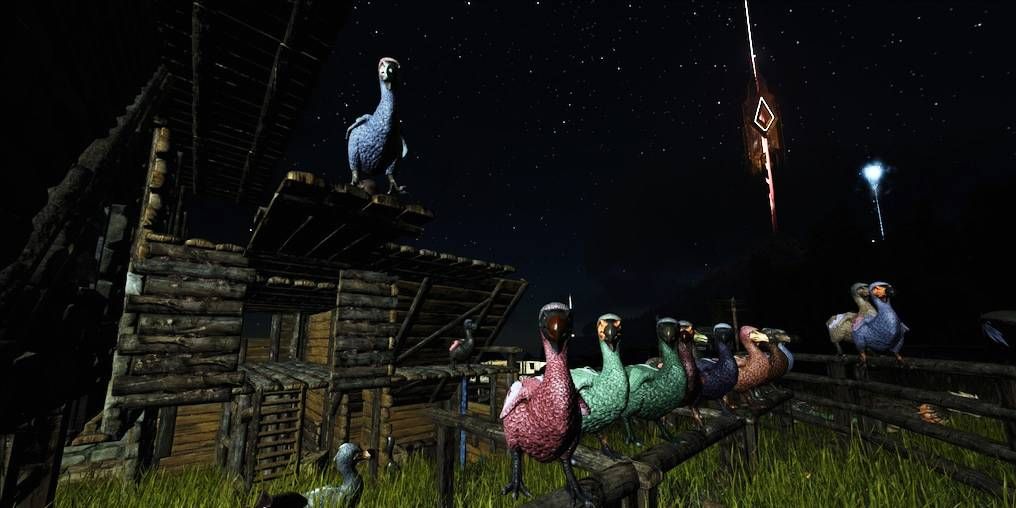
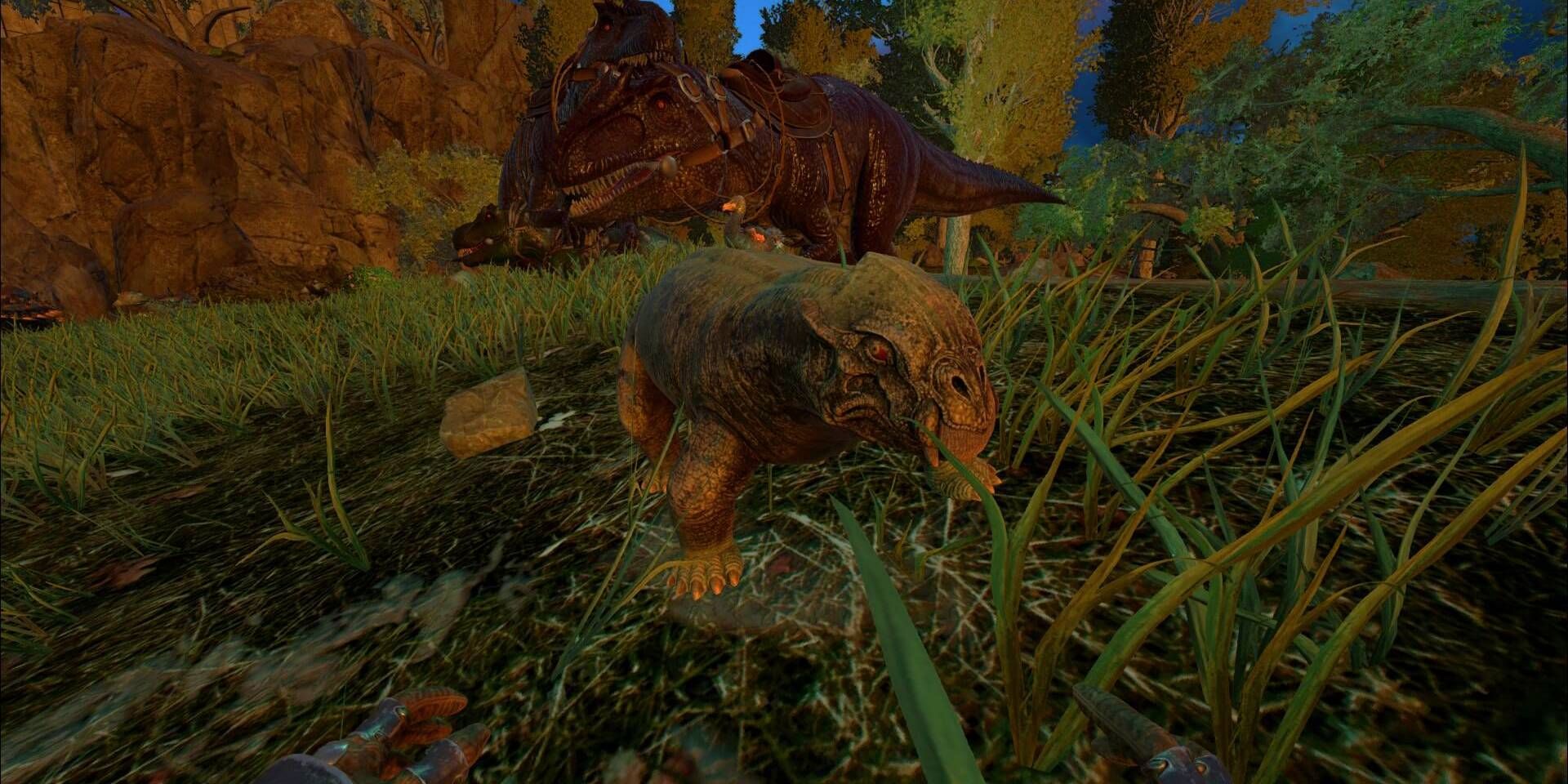
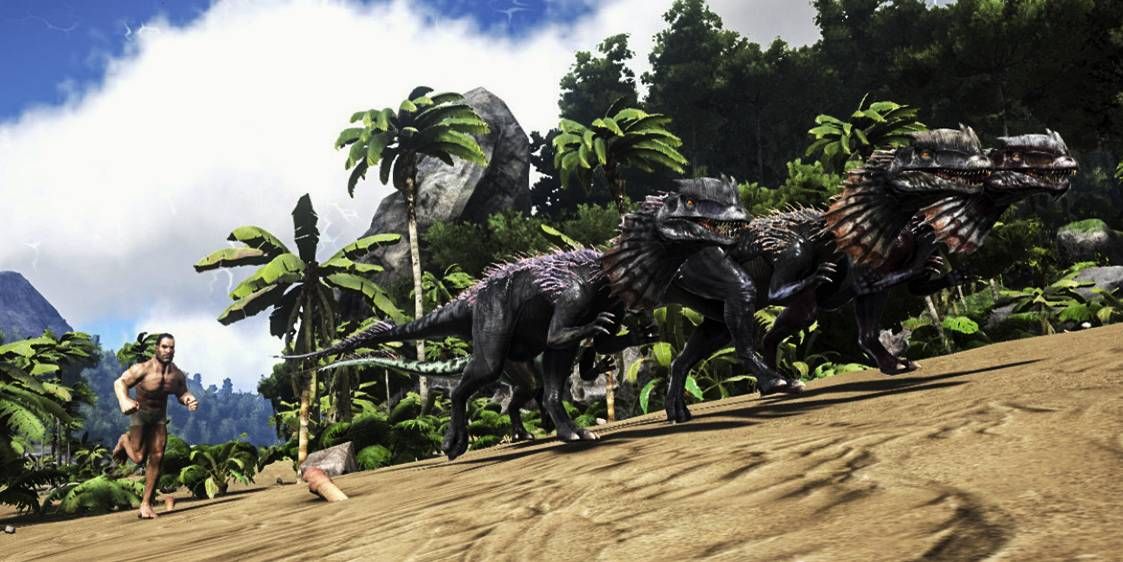
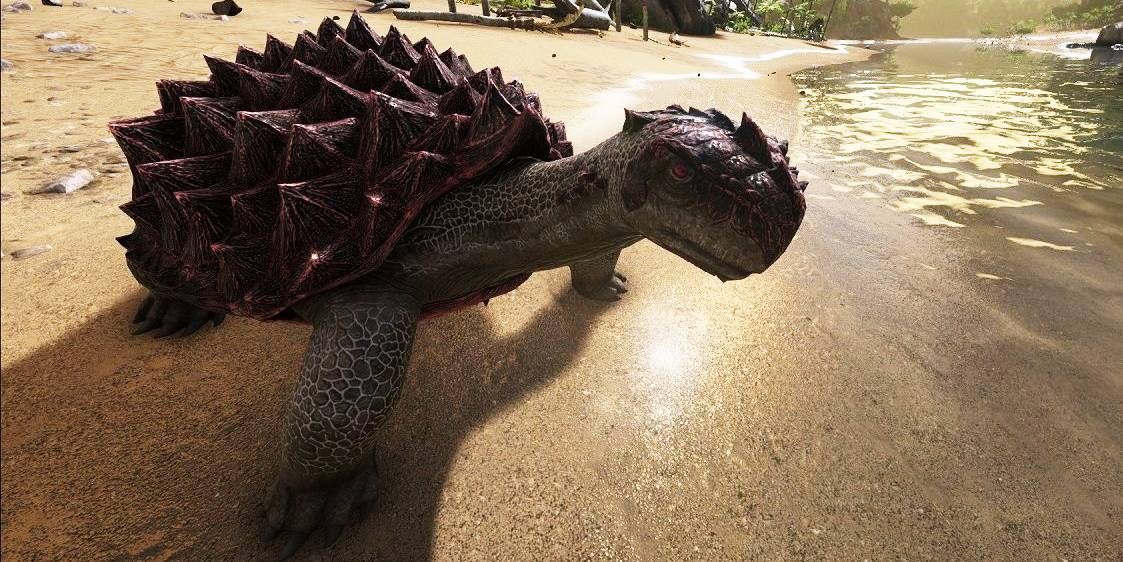
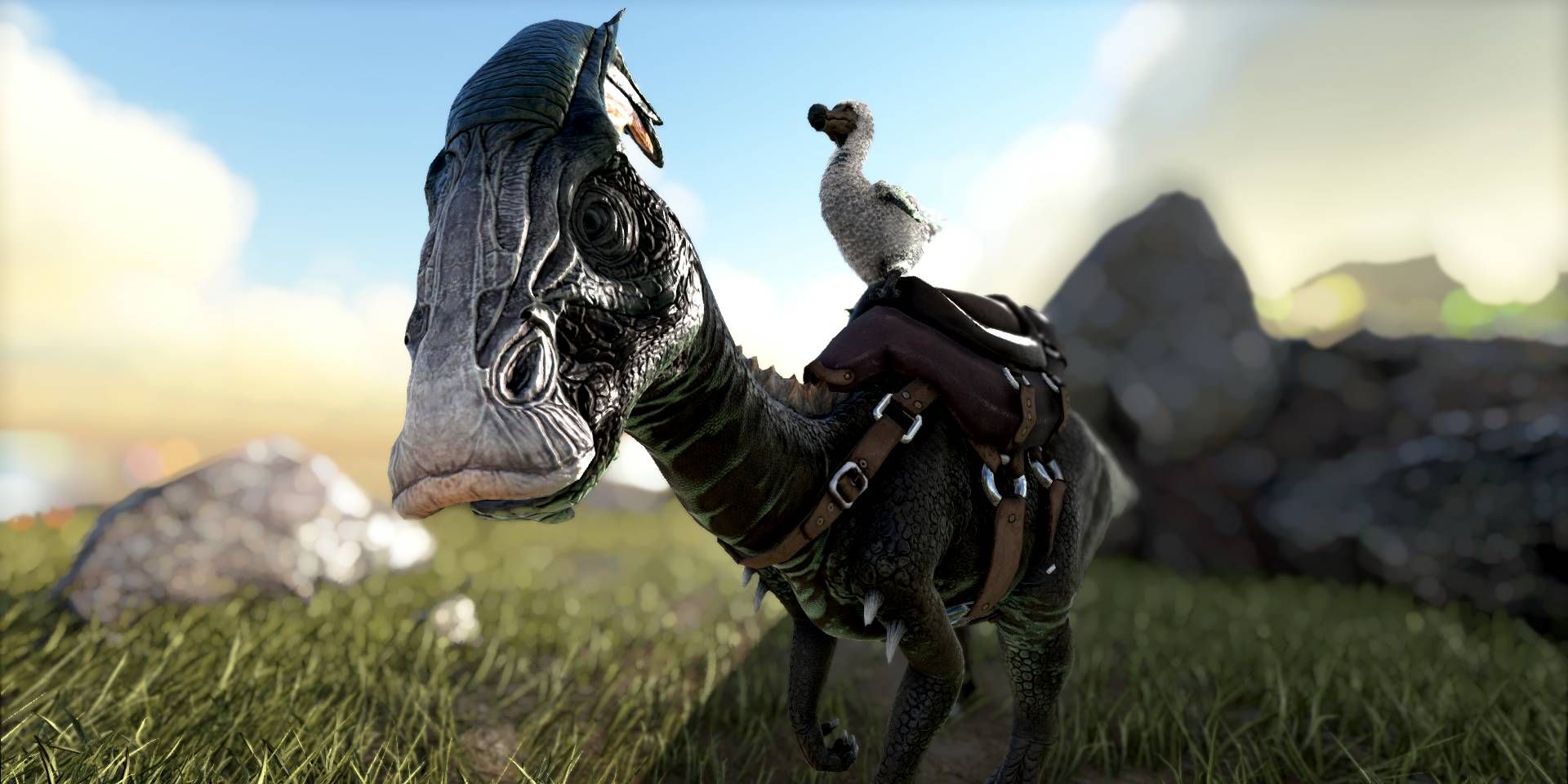
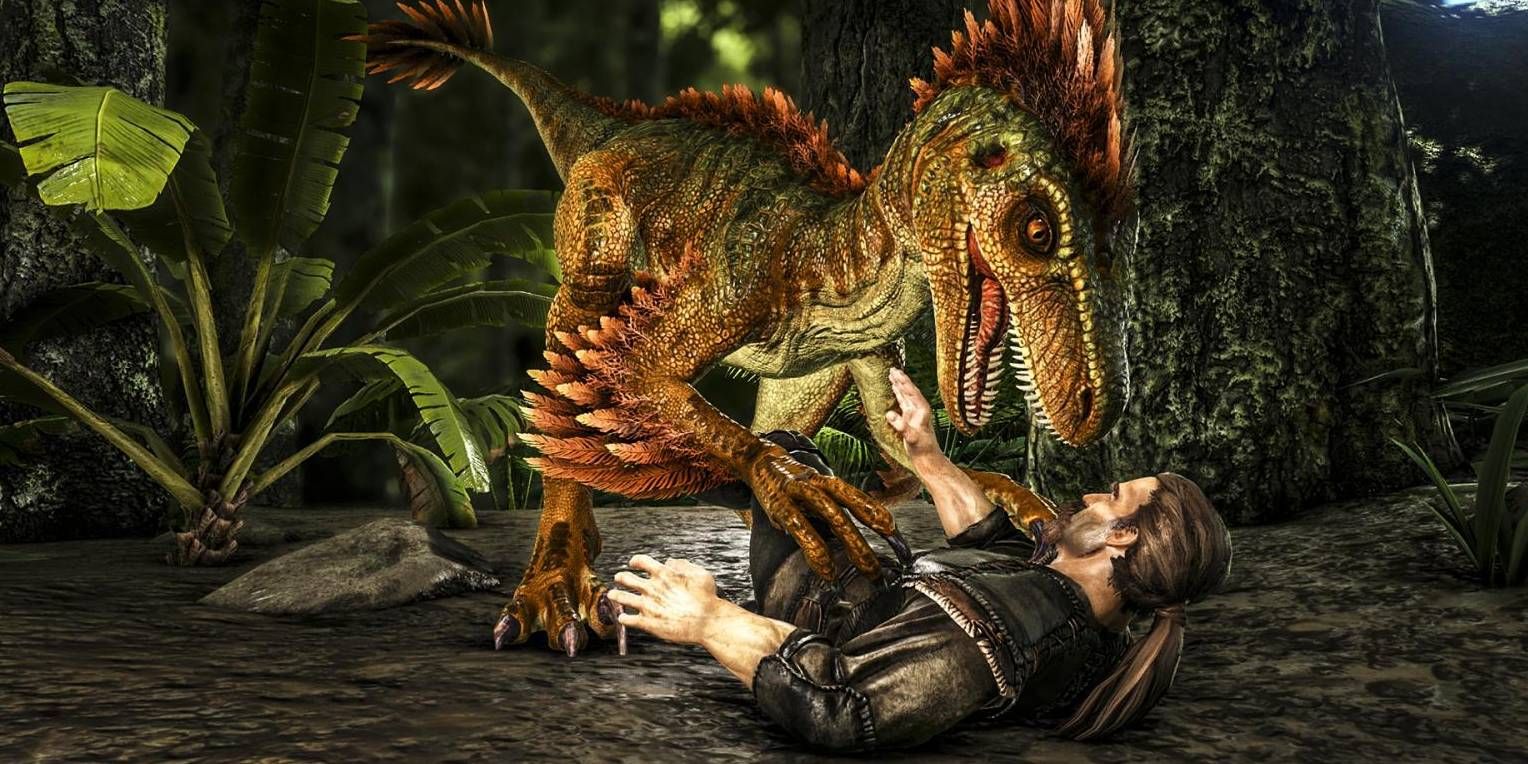
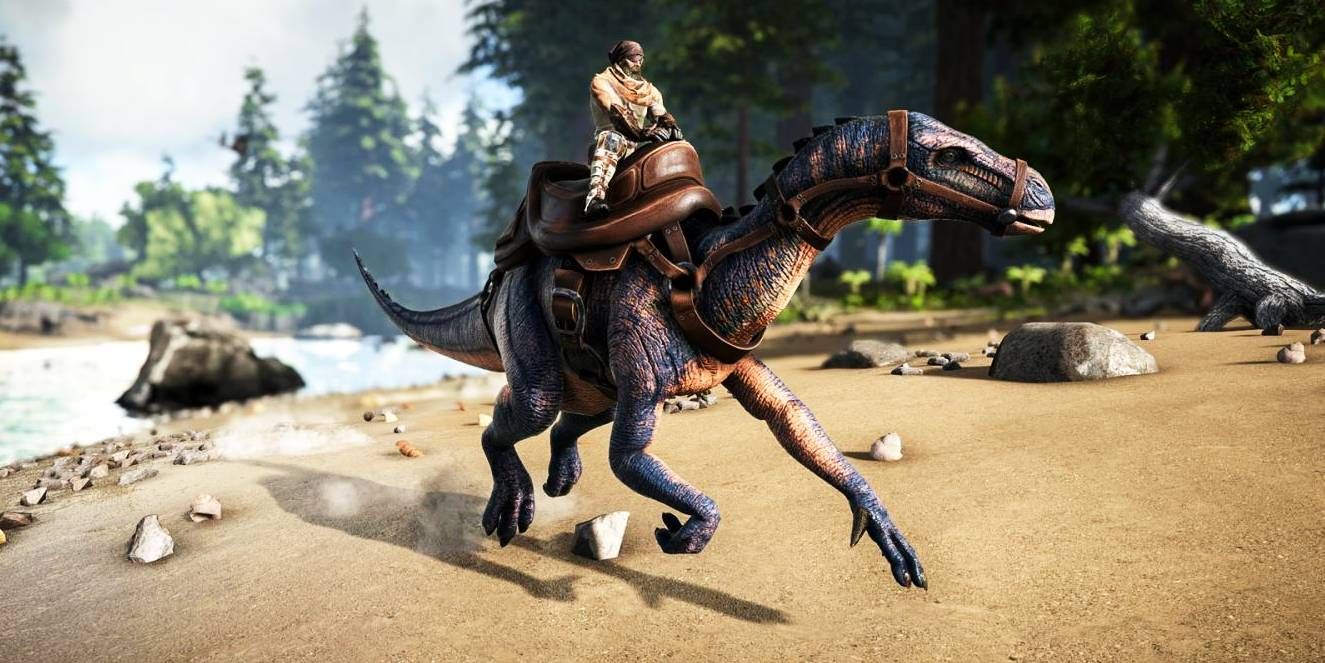
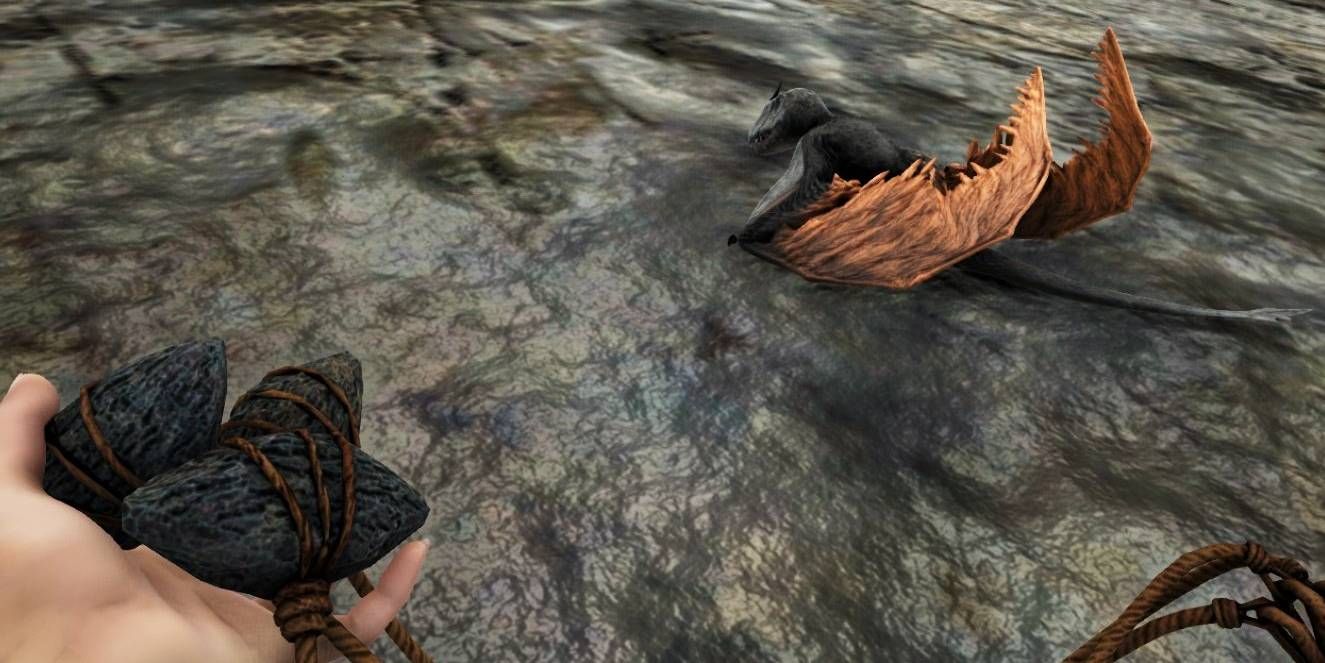
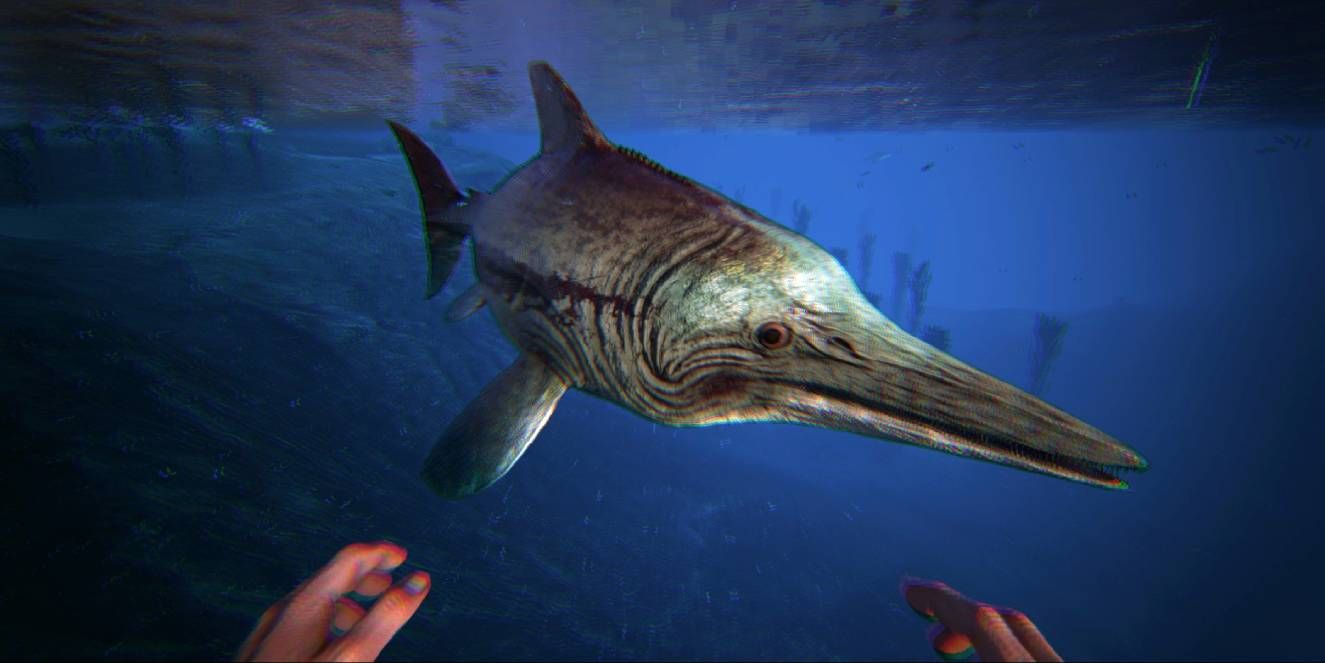
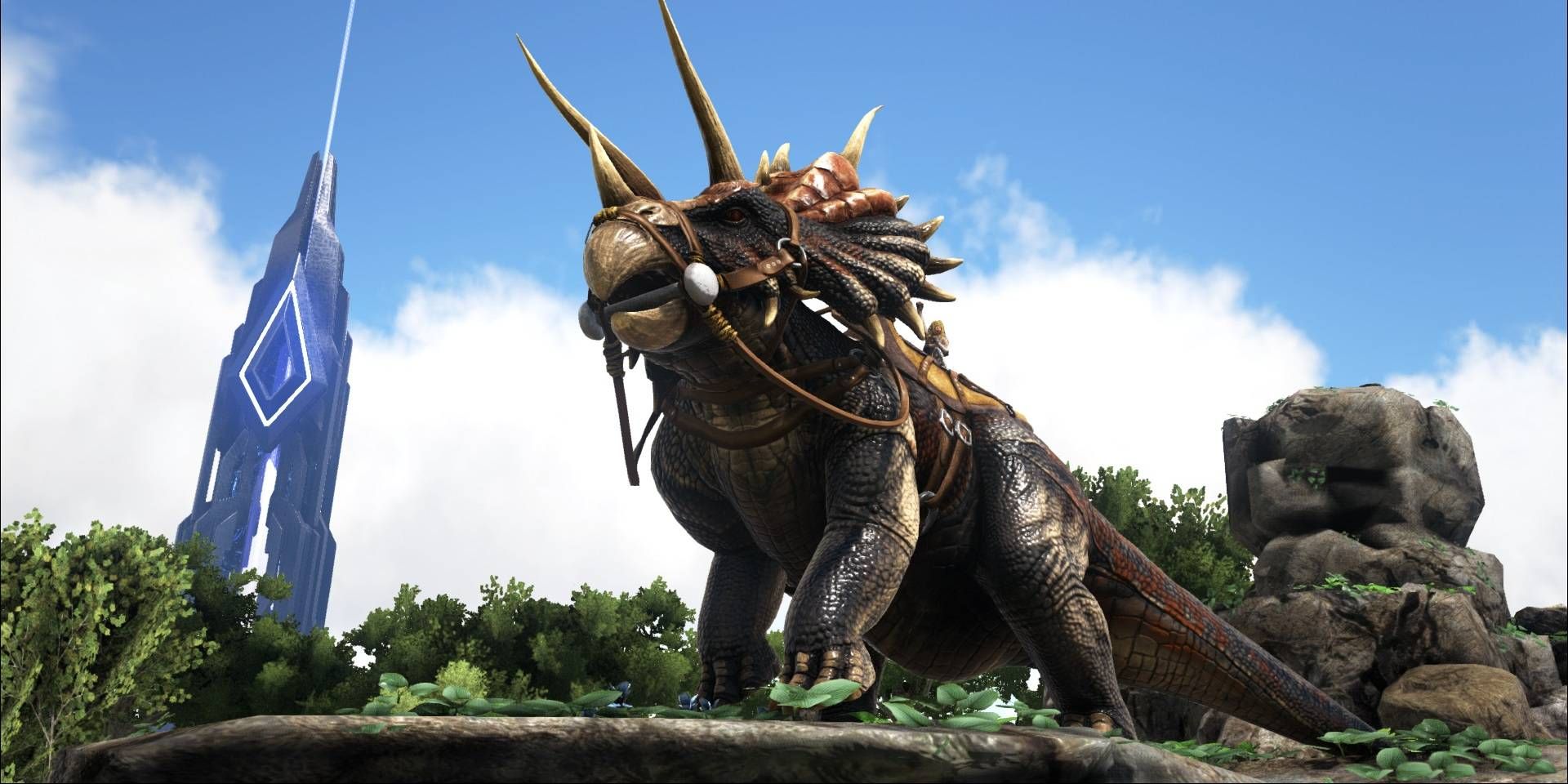
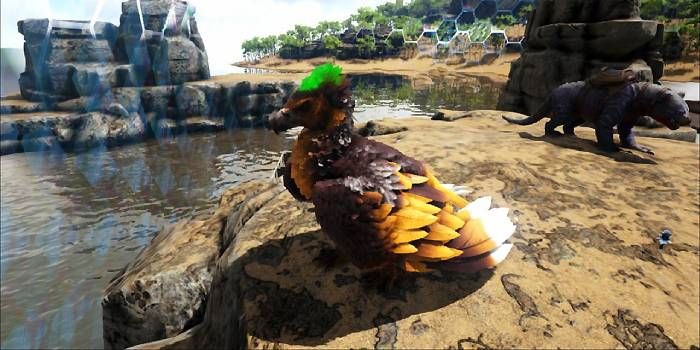
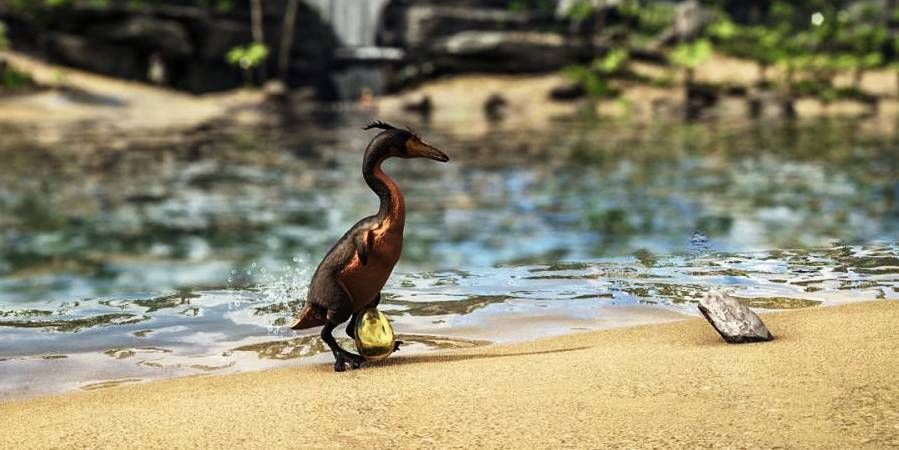
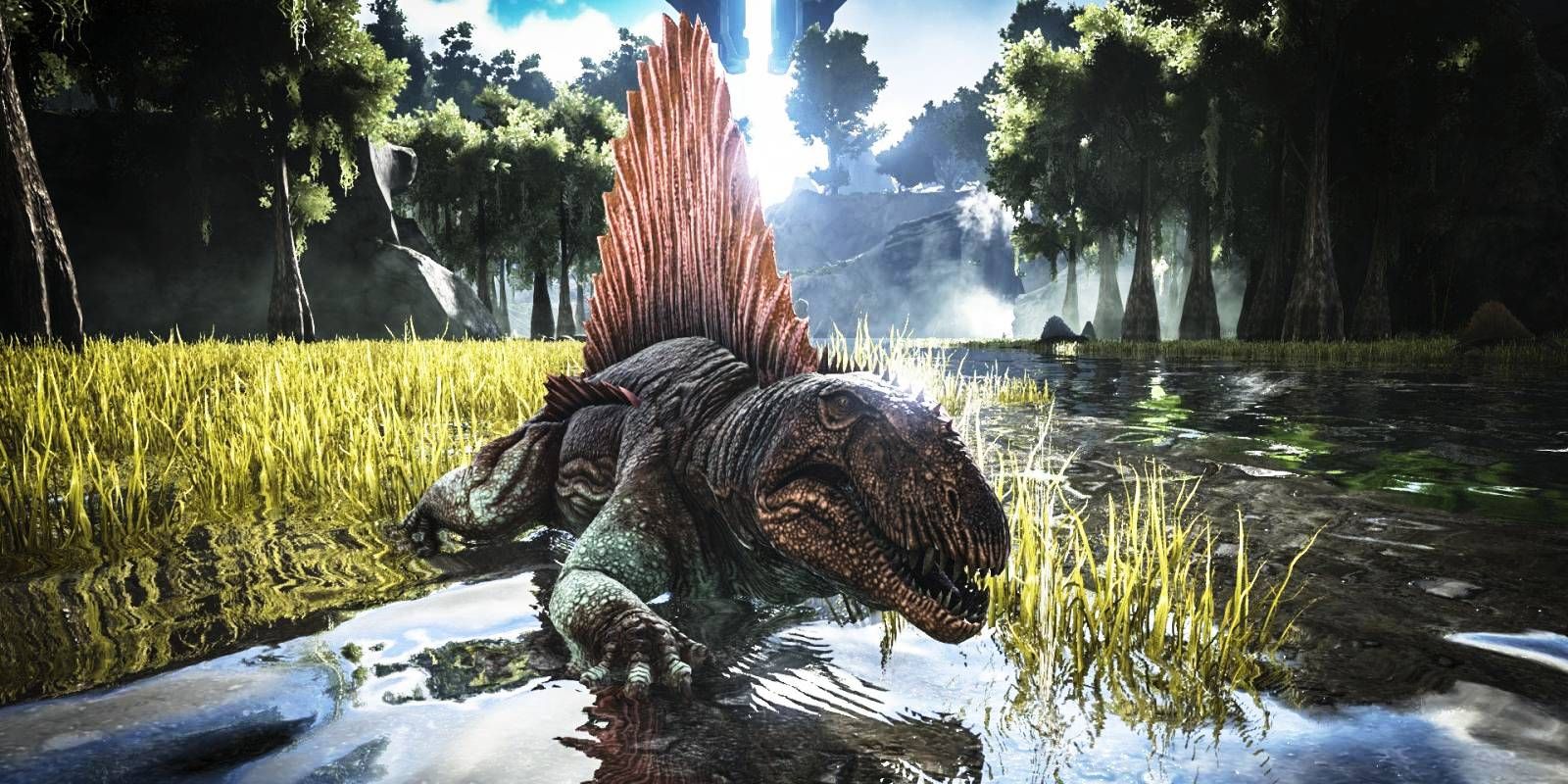
0 Response to "What to Feed a Iguanadon Ark"
Post a Comment